Seongsu-dong is Seoul’s most exciting neighborhood transformation story. This former industrial area is now the creative heart of Korean youth culture, and K-Pop is central to its identity. Here’s why Seongsu should be on every K-Pop fan’s Seoul itinerary.
The Industrial Heritage
Seongsu was known as “Seoul’s Brooklyn” – filled with shoe factories and industrial facilities. As manufacturing moved out, creative industries moved in. Instead of demolishing old factories, developers converted them into cafes, galleries, and shops. This preserved the area’s character while giving it new life.
The industrial aesthetic – exposed brick, high ceilings, metal frameworks – creates that artistic, slightly raw vibe that K-Pop loves for photoshoots and music videos. You’ll see these converted spaces constantly in idol Instagram posts.
SM Entertainment Kwangya: The Neighborhood Anchor
When SM Entertainment relocated their headquarters to Seongsu, they brought K-Pop’s biggest names to the neighborhood. The building houses NCT, aespa, Red Velvet, RIIZE, and other SM artists’ practice rooms and recording studios.
SM’s presence transformed Seongsu into a K-Pop pilgrimage site. Fans visit hoping to glimpse their favorite idols, and the neighborhood’s businesses benefit from the increased foot traffic. This is gentrification with a K-Pop twist.
Seoul Forest: The Green Heart
This massive park gives Seongsu its breathing room. Seoul Forest offers walking paths, deer park, butterfly conservatory, and riverside access. Many idols film relaxed, natural content here – walking their dogs, exercising, or just enjoying nature.
The forest creates interesting contrasts in music videos – natural greenery against industrial backgrounds, traditional Korean nature against modern development.
The Cafe Scene: Seongsu’s Defining Feature
Seongsu has more aesthetically perfect cafes per square meter than anywhere else in Seoul. Each cafe seems to outdo the last in design innovation:
Cafe Onion: The minimalist warehouse conversion that started Seongsu’s cafe boom. Amazing bread and pastries in a space that feels like an art gallery.
Anthracite Coffee: The roastery setup and industrial design embody Seongsu’s aesthetic. Coffee serious enough for connoisseurs, space beautiful enough for influencers.
Blue Bottle: California coffee culture meets Korean design sensibility. The flagship store’s architecture is stunning.
Nudake: This isn’t even a cafe – it’s Tamburins’ perfume shop – but it’s so beautifully designed that it functions as Seongsu’s aesthetic anchor.
Shopping: Where Korean Brands Shine
Seongsu is where Korean brands open their most experimental, Instagram-worthy concept stores. Gentle Monster’s installations change regularly, creating new reasons to visit. Ader Error, Musinsa, and other Korean fashion brands treat their Seongsu stores as brand showcases rather than just retail spaces.
International luxury brands have noticed – pop-up stores from Dior, Burberry, and others appear regularly, often featuring K-Pop idols as ambassadors.
How to Experience Seongsu Properly
Don’t rush Seongsu. This neighborhood rewards wandering. Start at Seoul Forest in the morning when it’s peaceful. As the afternoon progresses, move into the cafe streets. Each converted warehouse and hidden alley might lead to your new favorite spot.
The neighborhood is compact enough to walk entirely, though wear comfortable shoes – you’ll be walking a lot and these streets weren’t designed for heavy pedestrian traffic.
Visit on weekdays if possible. Weekends bring massive crowds, especially to popular cafes. The neighborhood has better energy on weekday afternoons when locals and creative workers fill the spaces.
Use FanPle to navigate Seongsu’s maze of side streets and discover locations you might otherwise miss!

